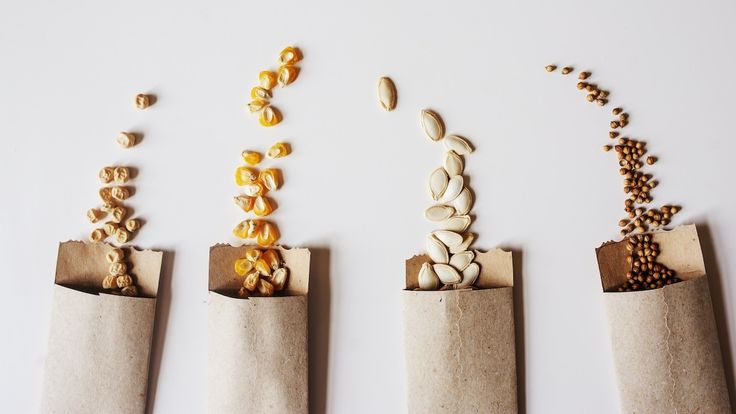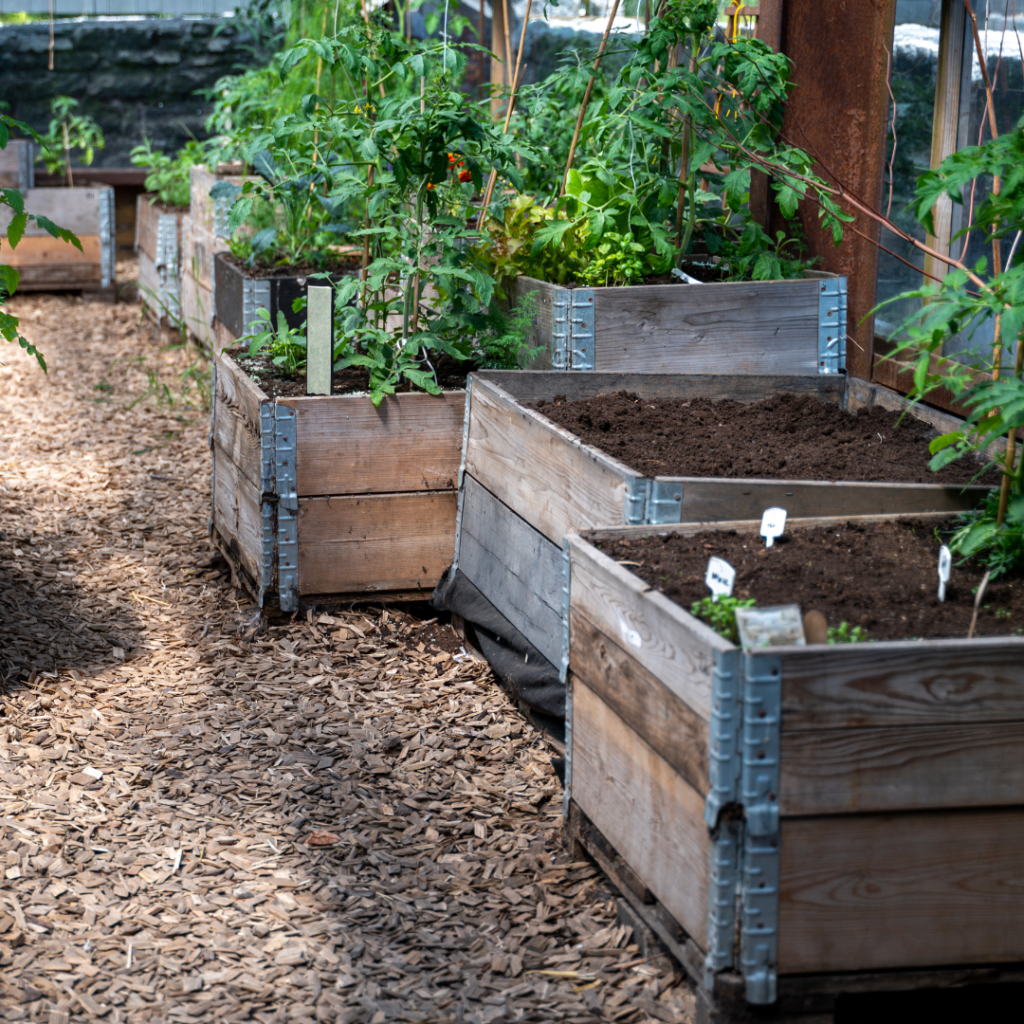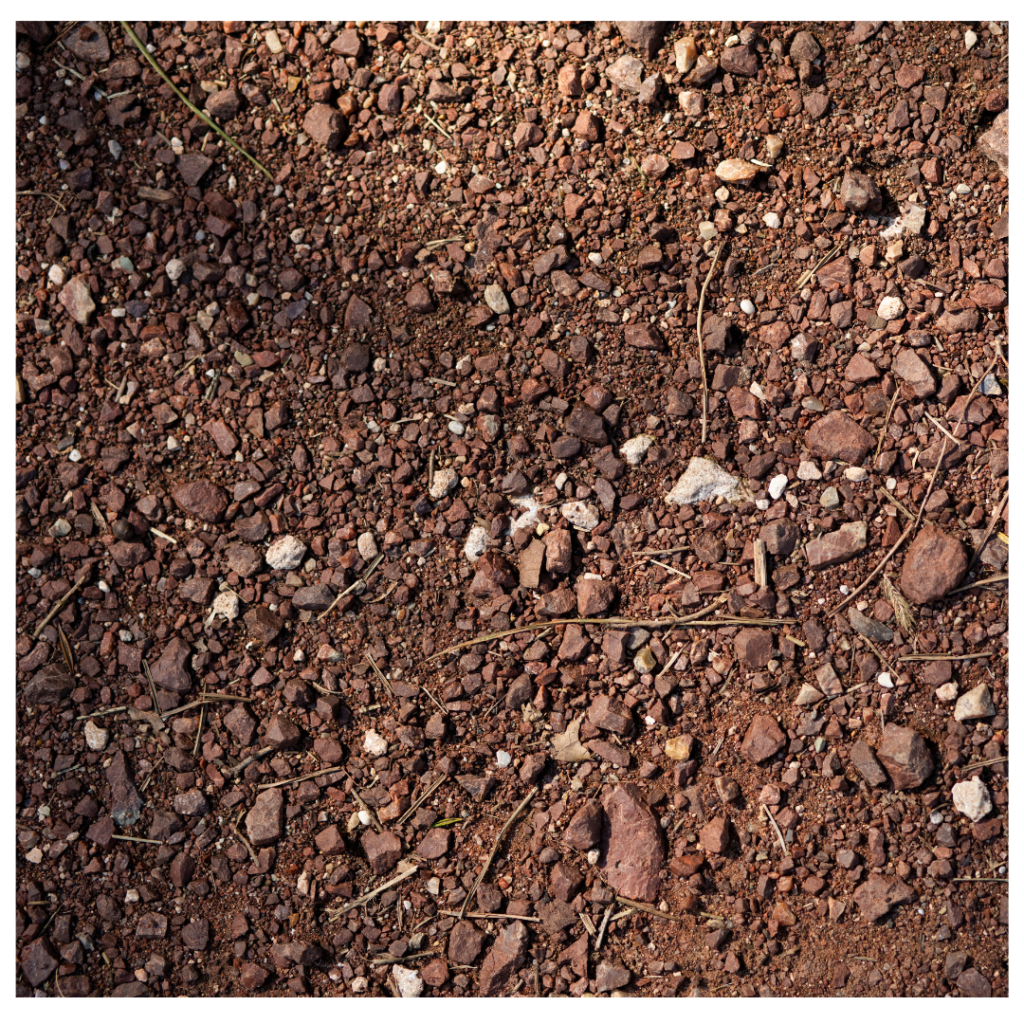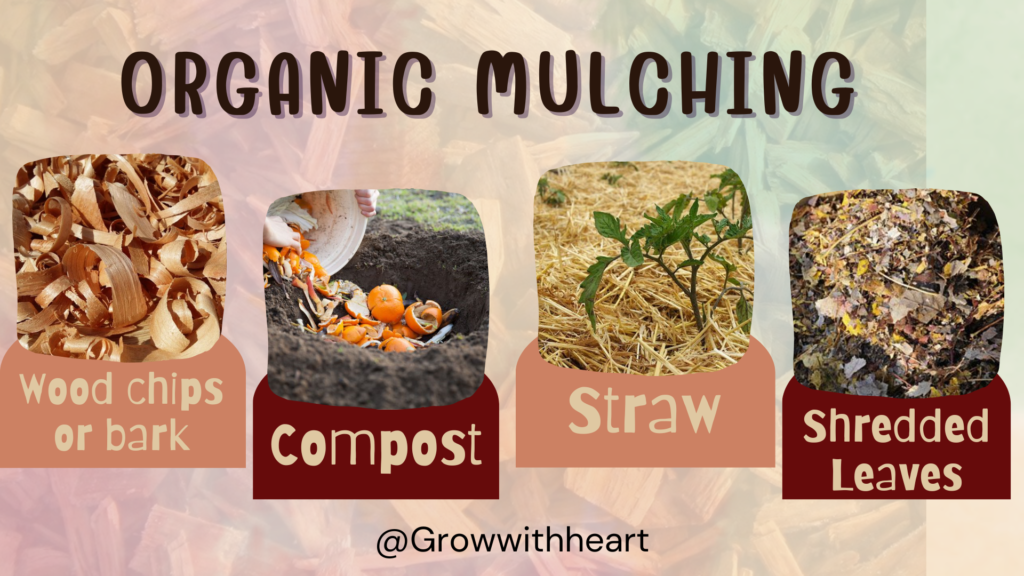Direct sowing in your kitchen garden, Planting seeds directly into garden soil is a rewarding and environmentally friendly way to kickstart your gardening journey.
By bypassing the need for seedlings and transplanting, you can simplify the process while enjoying numerous benefits.
Directly Planting Seeds

Direct sowing in your kitchen garden involves sowing seeds directly into the ground where they will grow, eliminating the need for transplanting seedlings.
It’s a method that’s been used for centuries and remains popular among gardeners of all skill levels.
What are the Benefits?
One of the primary advantages of direct seed planting is its efficiency and cost-effectiveness.
By eliminating the need for seedlings, you save time, money, and resources.

Additionally, Direct sowing in your kitchen garden often results in stronger, more resilient plants with healthier root systems.
Choosing the Right Seeds for Direct Planting
When selecting seeds for direct planting, it’s essential to choose varieties that are well-suited to your climate and soil conditions.

Consider factors such as frost tolerance, sun exposure, and water requirements to ensure successful germination and growth.
Preparing the Garden Bed
Before planting seeds directly into the soil, it’s crucial to prepare the garden bed properly.

This involves removing weeds and debris, loosening the soil, and incorporating organic matter such as compost or aged manure to improve soil fertility and structure.
Understanding Soil Conditions
Understanding your soil’s pH, composition, and drainage is key to successful seed germination and plant growth.

Test your soil regularly and make any necessary amendments to create an optimal growing environment for your seeds.
Timing and Seasonality
The timing of seed planting is critical for success.
Plant seeds according to their recommended planting times and consider factors such as frost dates and weather patterns to avoid potential setbacks.
Spacing and Depth Guidelines
Proper spacing and seeding depth are essential for healthy plant development.

—httpsImage://www.thespruce.com/
Follow seed packet instructions for spacing and planting depth, ensuring adequate room for roots to grow and access to sunlight and nutrients.
Watering Techniques
Proper watering is crucial during the seed germination stage.
Keep the soil consistently moist but not waterlogged, as excessive moisture can lead to rot and other issues.
Protection Against Pests and Diseases
Protecting your seeds and seedlings from pests and diseases is essential for their survival.
Implement organic pest control methods such as companion planting, mulching, and using row covers to deter pests and reduce the risk of disease.

Maintenance and Care
Regular maintenance and care are necessary to ensure your seeds develop into healthy, productive plants.
Monitor for signs of nutrient deficiencies, pests, and diseases, and address any issues promptly.
Harvesting Tips
Knowing when and how to harvest your crops is the culmination of your gardening efforts.
Harvest fruits and vegetables at their peak ripeness for the best flavor and nutritional value.

Common Mistakes to Avoid
Avoid common pitfalls such as overcrowding plants, neglecting soil health, and planting seeds too deeply.
Learning from these mistakes will help you become a more successful gardener.
Conclusion
Direct seed planting offers numerous benefits for gardeners, including efficiency, cost-effectiveness, and healthier plants.
By following proper techniques and guidelines, you can enjoy a bountiful harvest while minimizing the environmental impact of your garden.
Your kitchen garden awaits!

My brother recommended I may like this web site.
He was once entirely right. This publish actually made my day.
You cann’t consider just how much time I had spent for this info!
Thank you!
My family members all the time say that I am killing
my time here at net, but I know I am getting knowledge every day by reading such good articles.